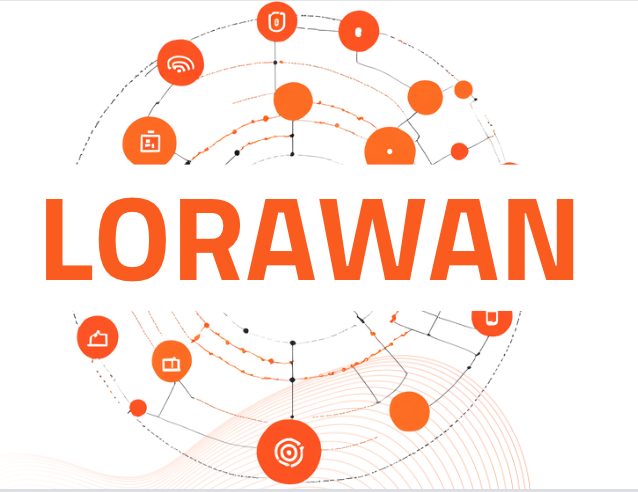Long-Range Wide-Area Network is a communication protocol suitable for low-power, wide-area (several kilometres) data transmission. LoRaWAN requires minimal infrastructure and makes use of the unlicensed radio spectrum, operating in different frequency bands depending on the region. This technology consists of several different parts: a LoRa sensor, a LoRaWAN gateway and a LoRaWAN network server. The gateways receive the data packets and forward them to the network server, where the data is processed and made available to the application servers or cloud platforms. One of the key features is two-way communication: uplink (sender: sensor to network) and downlink (network to sensor).
How does LoRaWAN work?
LoRaWAN focuses on low power consumption, wide range transmission and high penetration rates, enabled by energy efficient sleep mode, sending low bit rates and using a wideband frequency modulation technique called Chirp Spread Spectrum. LoRaWAN sensors can work with Adaptive Data Rates (ADR), for dynamic adjustment of the data transmission rate between IoT devices and gateways based on the network conditions. ADR helps optimise the communication performance and energy efficiency of LoRaWAN devices.
LoRaWAN is suitable for a wide range of IoT applications, including smart cities, agriculture, asset tracking, environmental monitoring, and industrial automation.
